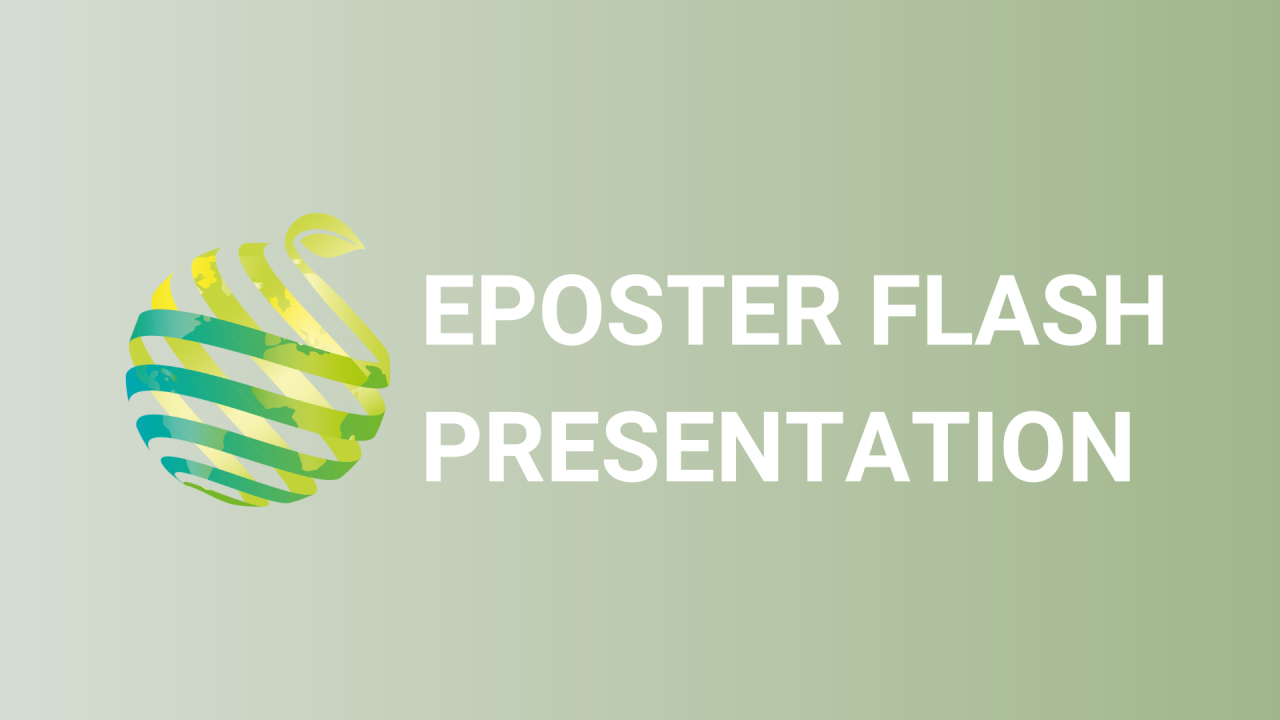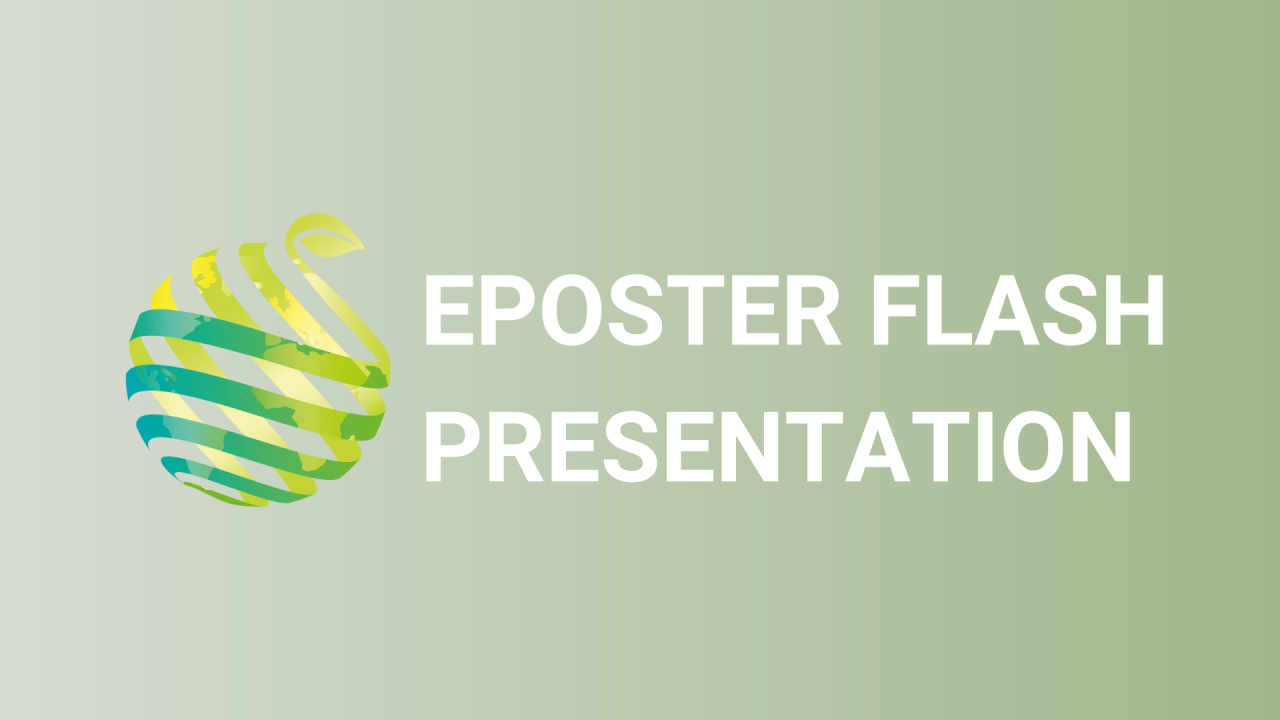

S18 - Session P4 - Intelligent spray technology controls pests in nursery and orchard systems with reduced pesticide application rates
Information
Authors: Lauren Fessler *, David Lockwood, Wesley Wright, Grace Pietsch, Xiaocun Sun, Whitney Yeary, Heping Zhu, Amy Fulcher
Nursery producers and orchardists control most pests with pesticide applications made by airblast sprayers. However, these sprayers are widely considered over-powered for the size of plants grown in current production systems. To address these known inefficiencies, an intelligent, laser-guided, variable-rate spray system was developed that adjusts spray volume based on plant characteristics in real time. Pest control and spray volume were assessed throughout the season, at an apple orchard, 6-row block field nursery, and 12-row block pot-in-pot nursery, using this technology as either a protoype or retrofit to each producer's sprayer and compared to each producer's sprayer operated in its conventional, constant-rate mode. At the orchard, bitter rot was controlled by both treatments. At the field nursery, treatment did not affect whole tree incidence or severity of tar spot or anthracnose on maples ( P > 0.05). On individual branches, treatment did not affect incidence of anthracnose and tar spot, or tar spot severity ( P > 0.05). Anthracnose severity was greater in the conventional treatment ( P = 0.0039). At the pot-in-pot nursery, there was no treatment effect on whole tree or individual branch incidence or severity of tar spot on maples. For whole tree incidence and severity of cylindrosporium leaf spot (CLS) on maples and CLS incidence on individual maple branches, all ratings were 1 regardless of treatment; however, CLS severity on individual branches was greater in the conventional treatment ( P < 0.0001). On zelkovas, there was no treatment effect on whole tree or branch incidence and severity of Japanese beetles ( P > 0.05). Compared to the conventional treatment, the intelligent treatment reduced spray rate by 37%, 50%, and 24% at the orchard, field nursery, and pot-in-pot nursery, respectively ( P < 0.05). The intelligent spray system provided comparable or better pest control while reducing spray volume.